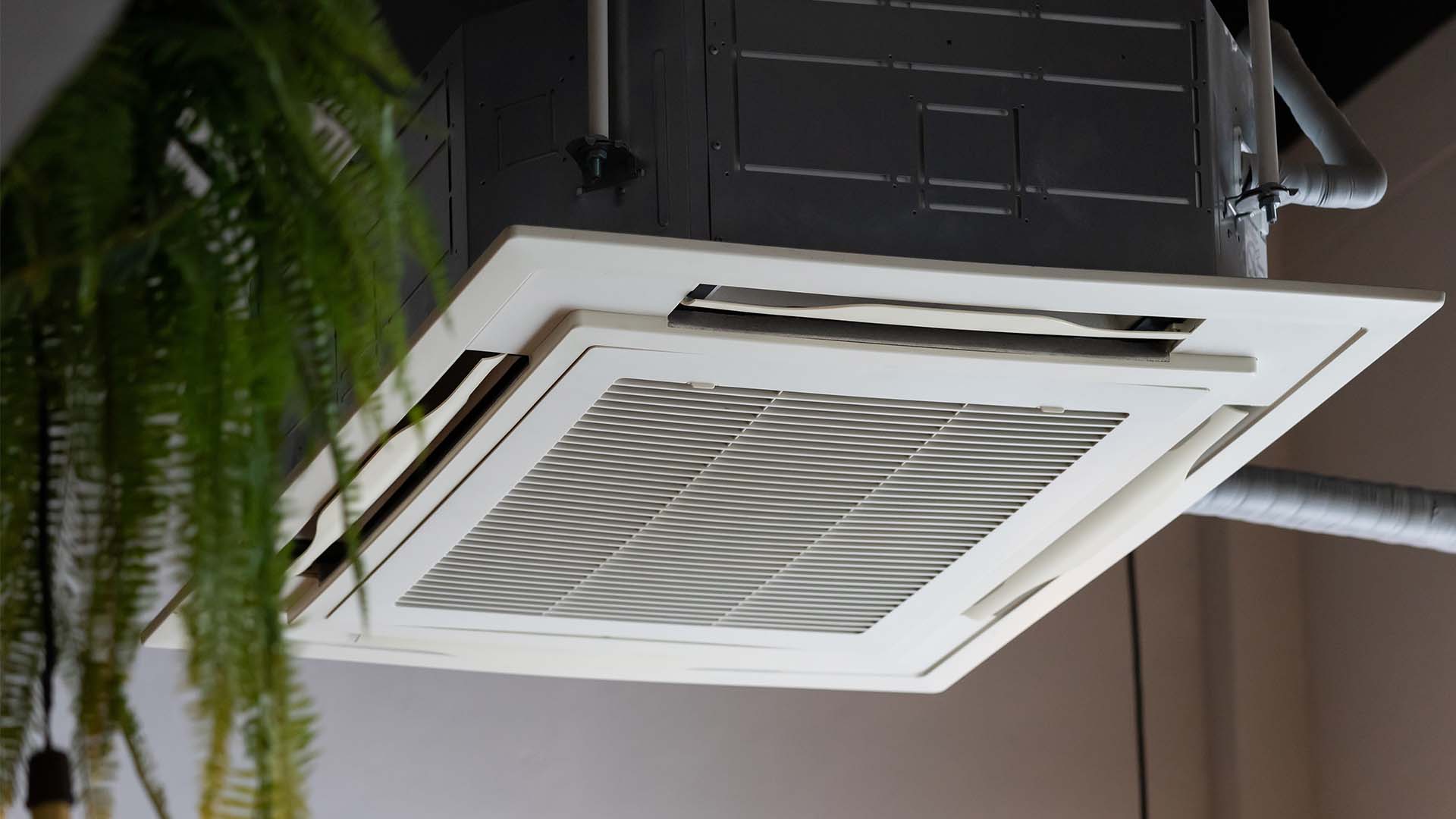The following text was originally published in the form of a video on August 11, 2021, please scroll to the bottom of the post to view the video version.
If you are reading this blog post right now, then you are inhaling and exhaling air; a process of exchange that occurs approximately 10 times every minute. And if you happen to be indoors at this very moment, then you are surrounded by air that is made up of gases like nitrogen, oxygen, and carbon dioxide among others. The composition of this air affects your health, comfort, and overall quality of life.
Indoor Air Quality or (IAQ) is exactly what it probably sounds like. The EPA defines it as “The air quality within and around buildings and structures, especially as it relates to the health and comfort of building occupants.”
Pollutants & Side Effects
To understand why indoor air quality matters, it is important to first get an understanding of the pollutants that can be found in each space and how they affect us. These pollutants can be categorized into four groups:
- Gases
- Particulates
- Microbial Contaminants
- Mass or Energy Stressors
These groups of pollutants include toxins that we have all heard of, like carbon monoxide, asbestos, radon, mold, and bacteria to name a few. Additionally, each of these toxins affects our well-being in different ways; the impact is variable and can depend on the length of exposure:
Acute Side Effects from bad IAQ might include short term symptoms like watery eyes from spraying a household cleaner or a headache from being in a building with mold in its walls.
Extreme Side Effects can include respiratory diseases or death from contaminants like carbon monoxide or asbestos.
To make matters worse, people who are often most susceptible to the negative effects of air pollutants, mainly young children, older adults, and individuals with cardiovascular or respiratory diseases tend to spend the most time indoors.
Pollutant Sources
If you are wondering where these pollutants come from, most are rooted from sources inside of buildings, although some can be brought indoors from outside.
Indoor Sources include:
- Household products, like cleaning supplies, insecticides, and paints.
- Combustion sources like tobacco, fireplaces, and cooking appliances that let out carbon monoxide.
- Old building materials and off-gassing chemicals from new building materials.
- Natural sources such as radon, pet dander, and mold.
Outdoor Sources can enter buildings through:
- Open windows, doors, ventilation systems, and abnormalities in a building’s structure, like a cracked wall or foundation.
- Smoke from chimneys and VOCs from running water or cooking.
- Dirt and dust left behind by shoes and clothing can be hosts for pollutants that adhere to those particles.
Remember earlier when I mentioned that the air that we breathe is typically a mix of gases, like nitrogen, oxygen, and carbon dioxide among others? Whenever we inhale this air, our body acts as a filtration system, and we exhale the gases that we don’t need, like carbon dioxide. If we take a pollutant and throw it into the air’s composition, such as radon, or asbestos fibers, then we are ingesting a substance that our body cannot naturally filter. This is when the human reflex of breathing no longer becomes a process of exchange. In essence, we become storage vessels for contaminants and are left to deal with the consequences.
HVAC Systems and Indoor Air Quality
When it comes to facility management, the basic upkeep of an HVAC system is often prioritized over the quality of the air that flows through it. Additionally, since the effects of air pollutants are felt and not seen, it can be easy to act like they aren’t there. In the face of the recent pandemic, we can no longer take this approach. IAQ means the difference between the spread of germs, bacteria, and disease — and in some cases, life and death.
According to the EPA, Americans, on average, spend approximately 90 percent of their time indoors, where the concentrations of some pollutants are often 2 to 5 times higher than typical outdoor concentrations. The World Building Council claims that improved air quality can increase productivity by 11 percent and according to a 2015 double-blind study from Harvard, it can double the cognitive function of those in offices with average levels of the same pollutants.
In simple terms, HVAC systems are like the respiratory systems of our buildings. Unlike our body’s respiratory system though, there are ways to optimize this system to benefit air quality.
Solutions
So, what do we need to do to make the quality of indoor air good? First, reduce contaminant sources and second, capture and exhaust contaminants close to their source. When it comes to HVAC, we can take basic measures like improving ventilation, upgrading filters, conducting performance level inspections, and improving temperature control. These are all things that we will cover in a future blog post.
If you are an owner or manager of a commercial facility and looking to improve your indoor air quality, then please visit our Indoor Air Quality service page and consider getting in touch with us to find out how we can help. We offer a wide range of HVAC services that will modernize your building’s approach and create a healthy work environment for the individuals inside.




